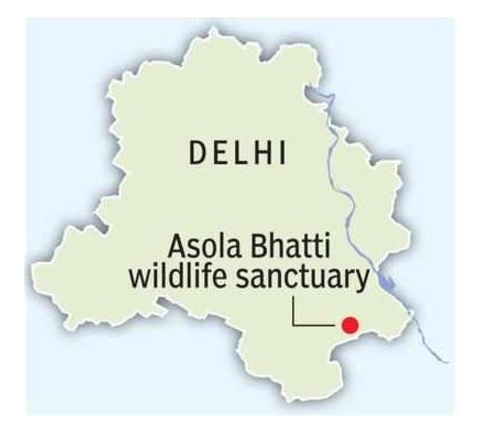14 Nov 2024 12:20:31 pm
Tags : Asola Bhatti Wildlife Sanctuary

Topic: Protected Areas
Why in the news?
Source: The Hindu
About Asola Bhatti Wildlife Sanctuary:
Aravalli Range:
|
0 Comments

© 2025 Catalyst IAS All Rights Reserved.